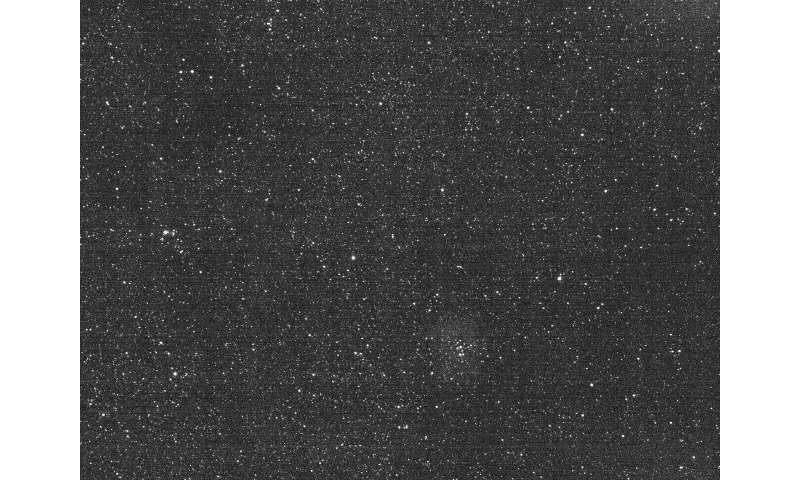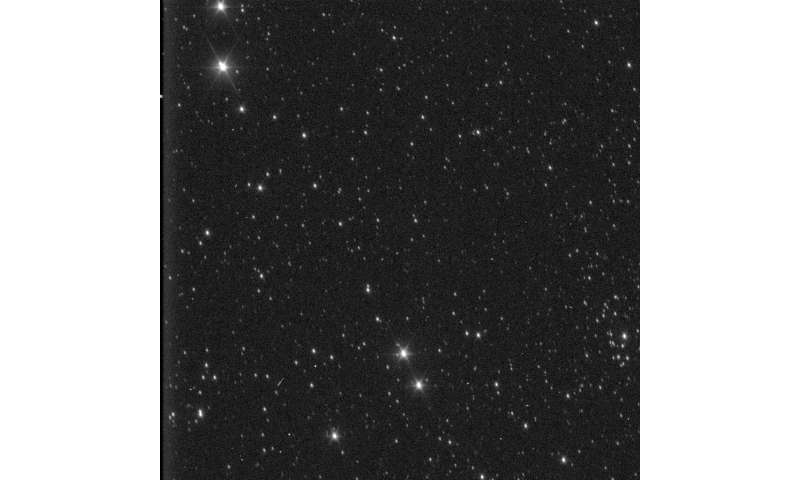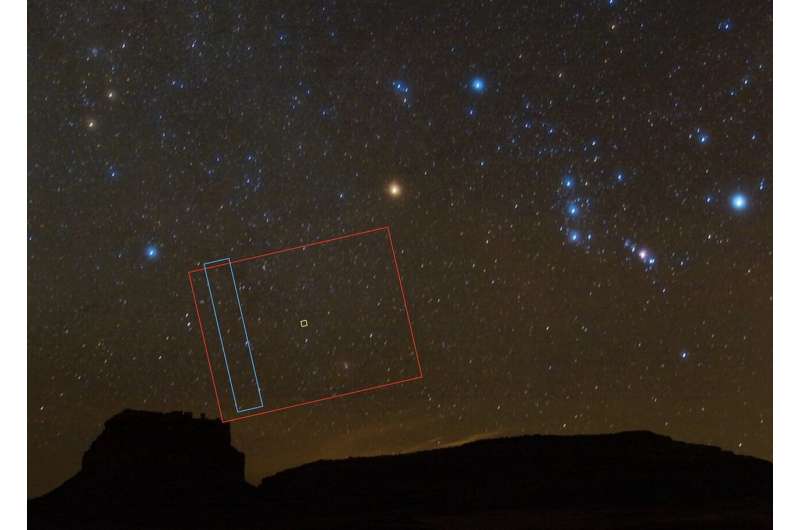The first test images were taken in November 2021, shortly after Lucy's Oct. 16, 2021, launch, but the February test was much more extensive. Lucy used its Instrument Pointing Platform to point at 11 different star fields to test camera performance and sensitivity, as well as the spacecraft's ability to point accurately in different directions.
The four cameras are the twin Terminal Tracking Cameras (T2CAM), the Multicolor Visible Imaging Camera (MVIC), and the Long-Range Reconnaissance Imager (L'LORRI). The T2CAM cameras have a wide field of view, 11 degrees by 8.2 degrees, and are primarily used to automatically lock onto and track the Trojan asteroids during Lucy's close flybys, ensuring that the spacecraft's other instruments are pointed at the target. MVIC, part of the L'Ralph instrument, is a higher-resolution color scanning camera that can scan its 8.3-degree-tall field of view across as wide a swath as desired, much like the panoramas taken by a mobile phone camera. L'LORRI is a high-resolution monochromatic telephoto camera with a narrow 0.29-degree-square field of view and will obtain Lucy's most detailed images of its asteroid targets.
The test did not include Lucy's infrared spectrometer LEISA (also part of the L'Ralph instrument) or its temperature mapping L'TES instrument, which requires close-up planetary targets to obtain useful data.

With an exposure time of 10 seconds, the Rosette Nebula is just visible in the lower right of center of the T2CAM frame. Credit: NASA/Goddard/SwRI 
The faintest visible stars in this raw L’LORRI image are roughly 17th magnitude, 50,000 times fainter than the unaided human eye can see. Image brightness levels have been adjusted to enhance visibility of faint stars. The exposure time was 10 seconds. Keen observers will notice that the stars are slightly elongated in this relatively unprocessed image; the Lucy team has techniques to mitigate this effect, and the optical quality is sufficient for accomplishing the science goals of the mission. Credit: NASA/Goddard/SwRI/Johns Hopkins APL
Explore further



